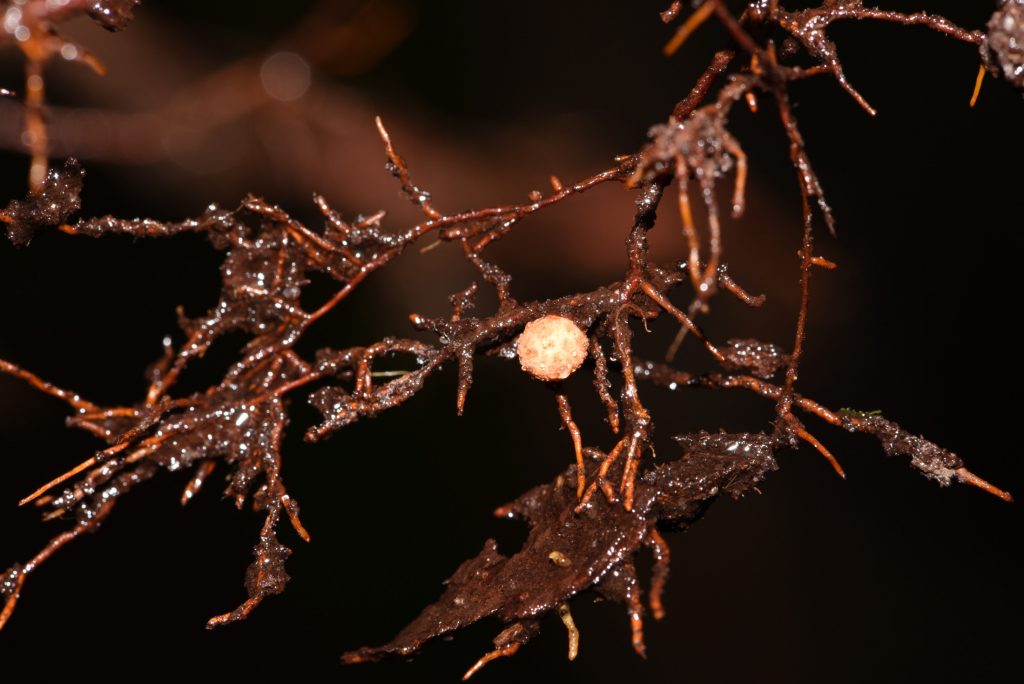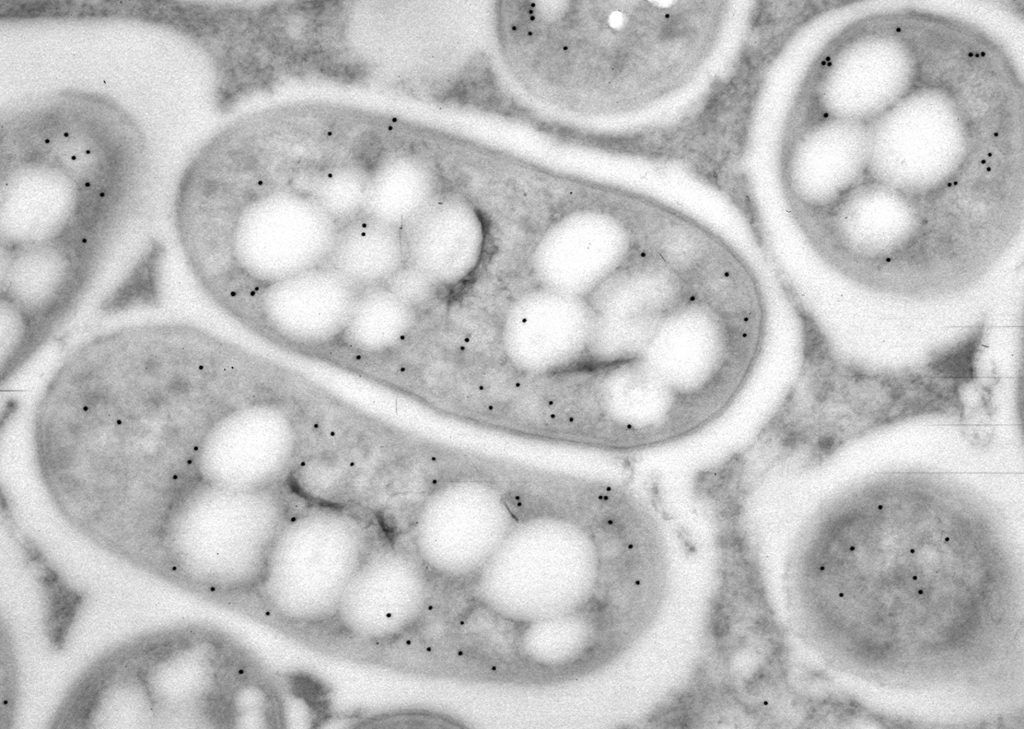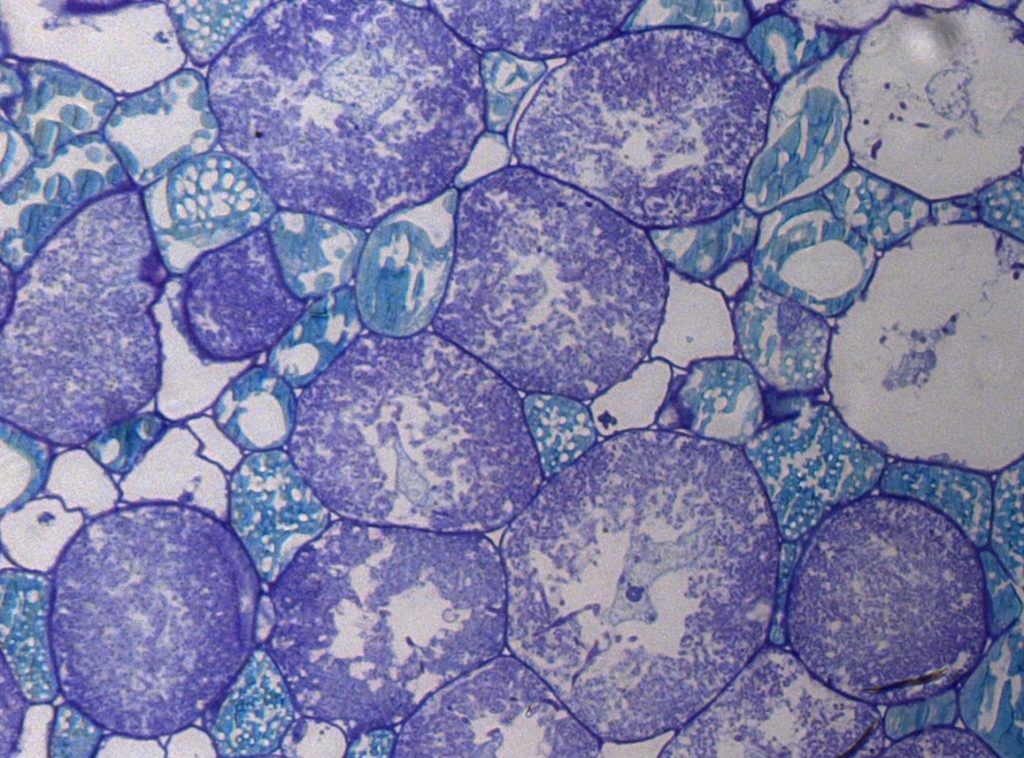Nitrogen fertilizers make it possible to feed the world’s growing population, but they are also costly, harm ecosystems and require a lot of energy to manufacture. However, a few plants have evolved the ability to make their own nitrogen with the help of bacteria. A new study helps explain how they did it, not once, but multiple times.
According to lead author Heather Rose Kates, who conducted the research while working as a postdoctoral associate at the Florida Museum of Natural History, this is crucial information for researchers hoping to breed new plants that can obtain their own nitrogen.
“Breeding and crop improvement efforts often focus on a single model species, which can overlook the evolutionary context of traits,” she said. Rather than learning everything we can about how one species produces nitrogen for the sake of expediency, this study suggests there may be several different genetic pathways that should be tested. “Only looking at what you could think of as one version of the trait could limit the effectiveness of engineering that trait in other plants.”
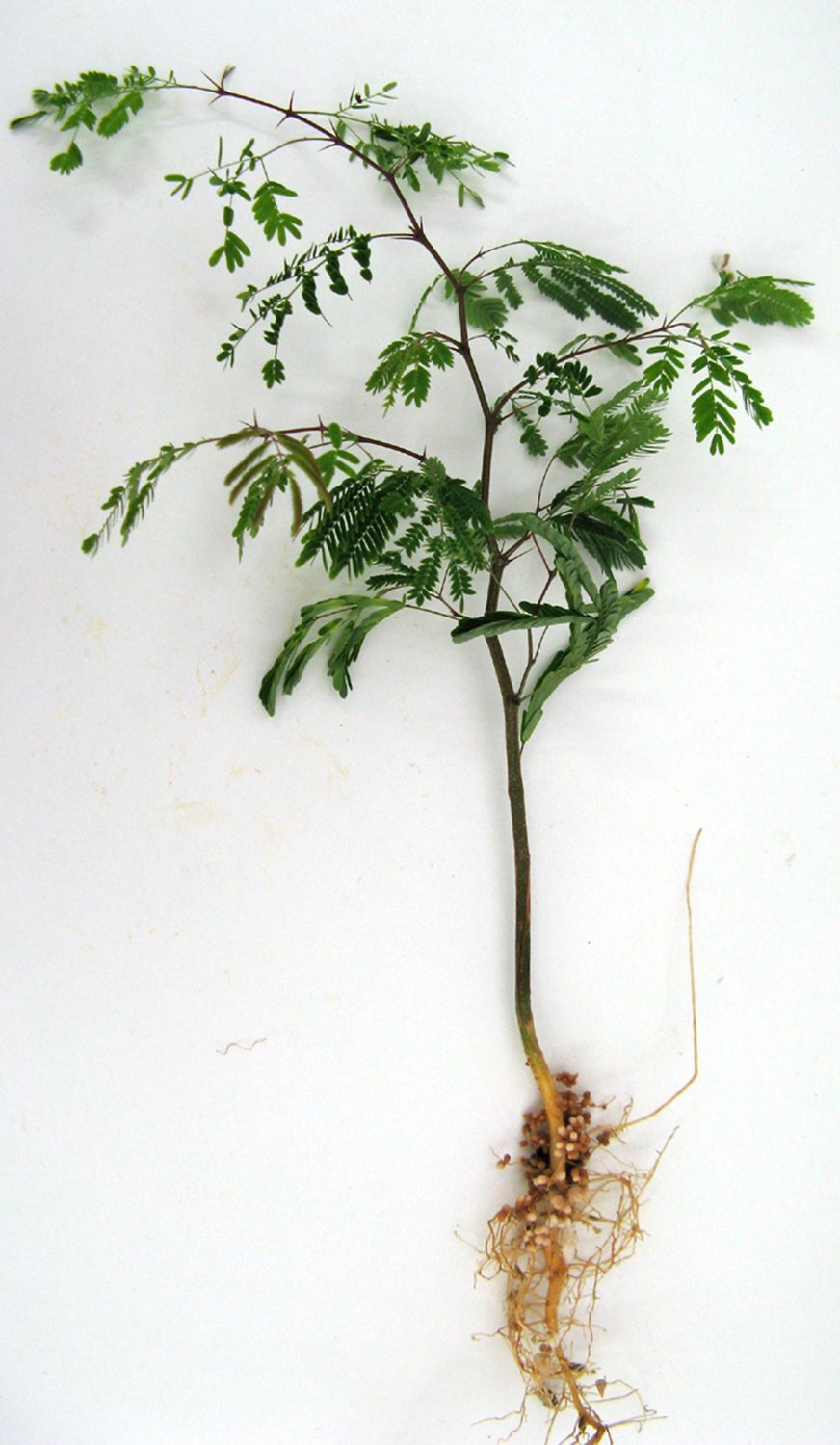
Photo courtesy of Euan James
Nitrogen is essential for all life on Earth, which can make it hard to come by. Stiff competition for the element in natural environments often means there isn’t enough to go around, despite nitrogen being abundant in the atmosphere. Up to 78% of the air we breathe is composed of nitrogen that’s locked away in a molecular form very few living organisms can directly use. The only cells on Earth capable of “fixing” atmospheric nitrogen are microbes known as diazotrophs.
Some plants have used that to their advantage. Around 17,000 plant species form a mutualistic relationship with diazotrophs. When these microbes infect roots, the plant forms knob-like structures, called nodules, around them. Inside, the bacteria receive sugar to grow, and in return they provide their host plant with nitrogen in a usable form.
This mutualistic relationship is primarily limited to one group of closely related plants known as the nitrogen-fixing clade — but even among these related species, the trait is only intermittently present. Most plants with nitrogen-fixing symbiosis are legumes, or members of the bean family, a group that includes crops like soybeans, peanuts and clover. The few examples of non-legumes that can form nodules include members of the birch family, rose family and relatives of the gourd family.
Producing nodules is a genetically complex process, which has led many researchers to theorize the trait evolved only once in this group of closely related plants. If that’s true, it could mean there’s a single switch in the plants’ genetic code, which could also turn on the ability to nodulate in species that lack this trait, such as many agricultural crops.
“When a trait involves a lot of genes and also has a high cost to the plant in terms of energy, which we know forming root nodules does, we expect there to be a strong selective pressure against evolving that trait. So, in that context, a single origin hypothesis makes sense,” Kates said.
Kates and her colleagues tested this idea by recreating the evolutionary history of nodulating plants and their close relatives with genetic data. They analyzed DNA sequences from nearly 15,000 species and generated, to date, the largest tree of life constructed from scratch for this or any group.
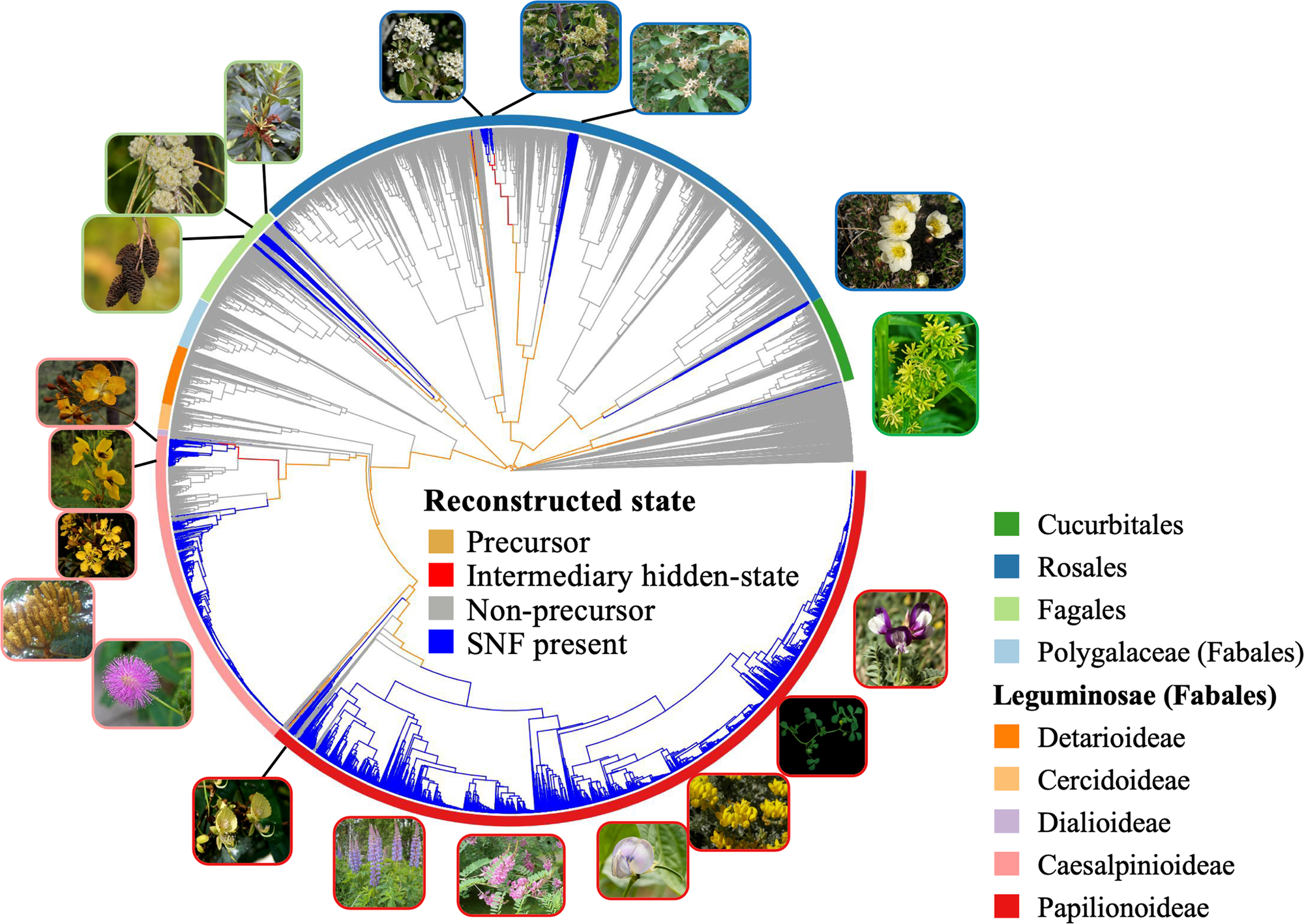
Image by Kates et al., 2024
Previous efforts to determine the number of times nodulation evolved were stymied by the sheer amount of data that needed to be analyzed. The team worked with so many herbarium specimens that they ended up developing an entirely new method to organize the information.
“We had basically two years to assemble 15,000 tissue samples from the nitrogen-fixing clade, sequence them and build a tree,” said Robert Guralnick, a co-author of the study and curator of biodiversity informatics at the Florida Museum.
Many of the specimens were also old, collected nearly a century ago, which meant their DNA was often degraded or damaged. “But our approaches for extraction and sequencing were tuned for those issues,” Guralnick said. “We were quite surprised about the generally high quality and quantity of recovery and usable genetic data from our samples.”
Their results suggest that nodulation evolved in a two-step process. The ancestor of the group developed the basic genetic toolkit needed to produce nodules, which it passed on to all of its descendants.
But additional instructions were needed to set the machinery in motion and actually get nodules to grow. This second trait evolved not once, but at least 16 times. And just because a species gained the ability to grow nodules didn’t mean they’d keep it forever; plants in the group lost their nodules on 10 separate occasions.
These findings suggest that nodulation is not controlled by a single genetic switch, but something more similar to a complex circuit breaker. For a plant to grow nodules, multiple switches have to be turned on.
The researchers were able to pinpoint and sequence many of the genes involved in growing nodules. The next step will be determining how these genes function and exactly what traits they code for.
“The overall goal is to use what we learned from these evolutionary studies to help us understand the underlying genetics and processes involved in nitrogen fixing symbiosis, and then use that information for engineering,” said study co-author Pam Soltis, a curator at the Florida Museum.
Most commercial crops, such as wheat and rice, cannot form nodules and must rely on nitrogen fertilizer. Many studies on bioengineering the nodulating trait are modeled after legumes, but Doug Soltis, Florida Museum curator and study co-author, said this may not be the best approach.
“Our phylogenetic tree suggests you might want to look at other models. Nitrogen fixation might have evolved differently in legumes than it did in the rose family or birch family, so there may be different roadmaps,” said Doug Soltis.
The authors published their study in the journal Nature Communications.
Brian C. O’Meara of the University of Tennessee, Knoxville; Raphael LaFrance of the Florida Museum of Natural History; Gregory W. Stull, Shui-Yin Liu, Qin Tian, and Ting-Shuang Yi of the Chinese Academy of Sciences; Euan K. James of the James Hutton Institute; Daniel Conde of the Universidad Politécnica de Madrid; Matias Kirst of the University of Florida; Jean-Michel Ané of the University of Wisconsin-Madison and Ryan A. Folk of Mississippi State University are also authors on the paper.
This study was funded by the Department of Energy (grant no. DE-SC0018247) and UF Biodiversity Institute.
Sources: Heather Kates, hkates@ufl.edu;
Doug Soltis, dsoltis@ufl.edu;
Pam Soltis, psoltis@flmnh.ufl.edu;
Robert Guralnick, rguralnick@flmnh.ufl.edu
Writer: Jiayu Liang, jiayu.liang@floridamuseum.ufl.edu, 352-294-0452
